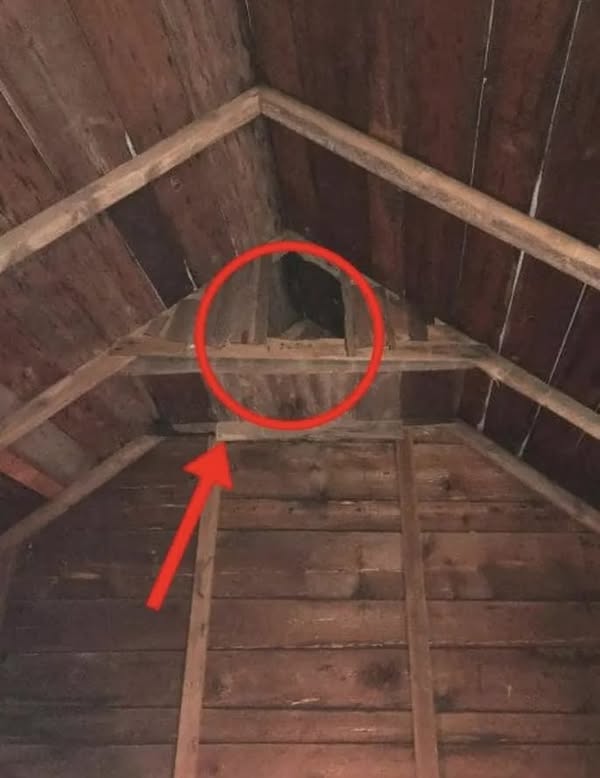Perched high above the beams of many old barns lies a feature often unnoticed—a small, secluded space that might seem trivial at first glance. Dusty, dimly lit, and aged, these tiny “rooms” nestled into the rafters once held significant purpose. They weren’t mere storage areas or secret hideaways; they served as homes. Specifically, homes for barn owls, nature’s silent sentinels of the farm.

Long before the advent of chemical pesticides and modern pest control methods, farmers sought a more organic solution to protect their harvests. They recognized the invaluable role barn owls played in maintaining ecological balance on their land. These nocturnal predators could dispatch thousands of rodents annually, offering a sustainable, chemical-free answer to the threat posed by rats and mice. Farmers didn’t just passively welcome barn owls; they actively catered to them. Simple nests, crafted from straw and wood, were meticulously placed in the safest, most undisturbed corners of the lofts, allowing the owls to live and hunt without interference.
This practice was rooted not merely in practicality but in profound respect. Farmers understood that for the owls to remain, they required comfort, safety, and tranquility. Thus, these nesting spots were concealed from the daily commotion, positioned high above the bustling barn floor, where only serenity and moonlight prevailed. Over time, this tradition evolved. Today, modern barn owl nest boxes are designed with proper ventilation, drainage, and durable materials—an enhanced version of an age-old concept, built with the same care and intention.
For many farming families, maintaining these boxes became a cherished legacy, passed down through generations like a treasured recipe or heirloom. Beyond pest control, it symbolized thoughtful stewardship and harmony between human endeavors and the natural world. It underscored a deeper truth: that cultivating the land didn’t necessitate domination but rather coexistence with it.
This quiet tradition continues to resonate through the ages. By inviting barn owls onto their properties, farmers preserved not only their crops but also a crucial component of ecological balance. They provided shelter in exchange for protection, fostering a relationship that benefited both parties. In doing so, they reminded us of a lesson easily overlooked in today’s fast-paced world: that old traditions, rooted in respect and simplicity, still hold relevance and purpose. They are not mere relics of the past but blueprints for a more sustainable future.
The symbiotic relationship between farmers and barn owls has been documented across various regions. In Israel, for instance, a project initiated in 1983 involved installing nesting boxes to encourage barn owls as natural pest controllers. This initiative expanded to approximately 5,000 nesting boxes by 2020, leading to a significant reduction in pesticide use. Similarly, in California’s vineyards, farmers have adopted the practice of installing owl boxes, resulting in decreased rodent populations and reduced reliance on chemical rodenticides.
The effectiveness of barn owls in controlling rodent populations is notable. A pair of barn owls and their chicks can consume between 2,000 to 6,000 rodents annually. This natural method of pest control not only safeguards crops but also promotes biodiversity by reducing the need for harmful chemicals.
However, the success of this approach hinges on providing suitable nesting sites. The loss of traditional barns and nesting places has necessitated the creation of artificial nest boxes to support barn owl populations. These boxes must be properly constructed and strategically placed to mimic natural nesting sites, ensuring the owls’ safety and comfort.
In essence, the collaboration between farmers and barn owls exemplifies a harmonious balance between agriculture and nature. By reviving and modernizing this age-old practice, we not only enhance crop protection but also contribute to the conservation of a species integral to our ecosystem. This partnership serves as a testament to the enduring value of traditional wisdom in contemporary agricultural practices.





